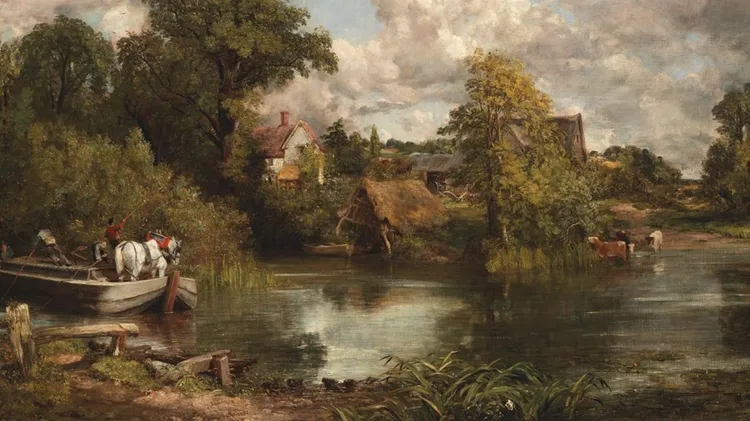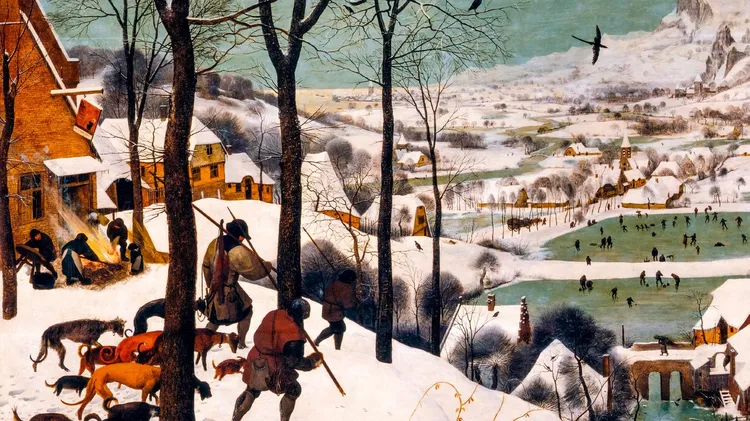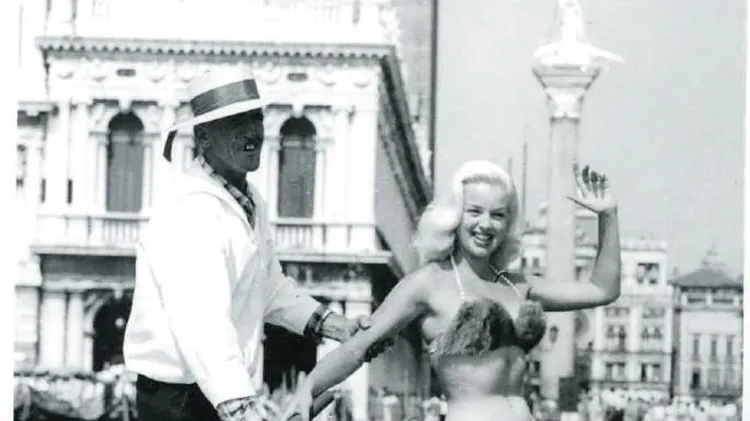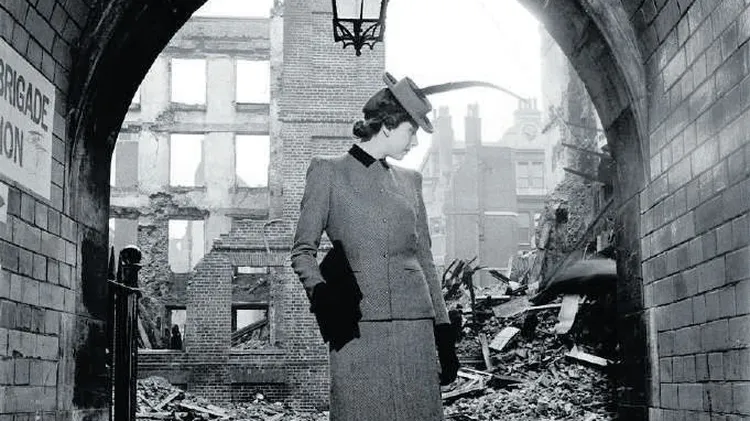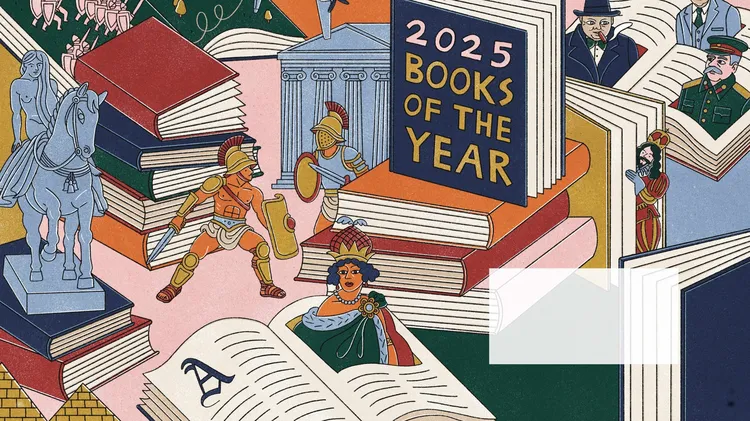A new exhibition at Tate Britain shines a spotlight on female artists whose wor
Now you see us
5 min read
This article is from...
Read this article and 8000+ more magazines and newspapers on Readly

